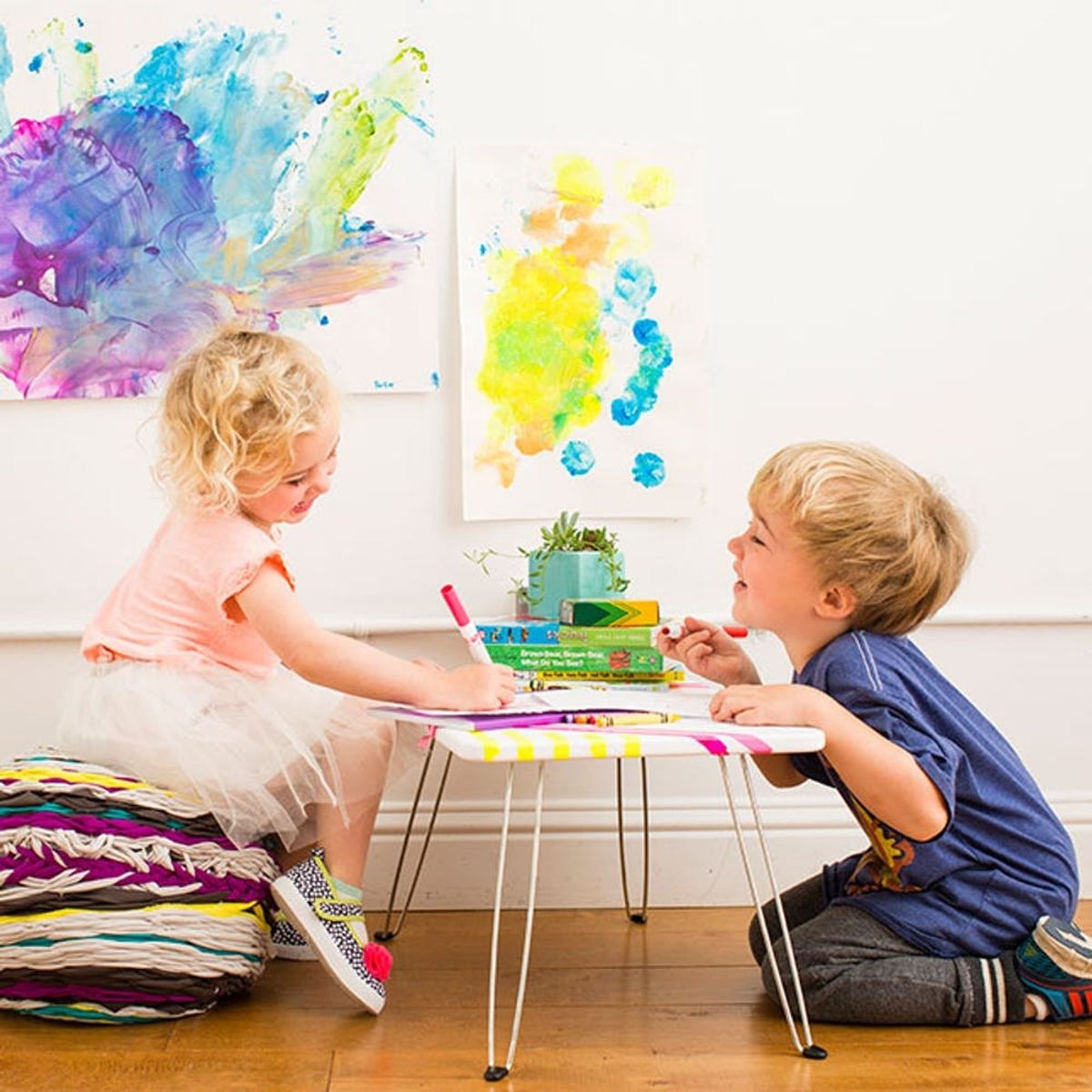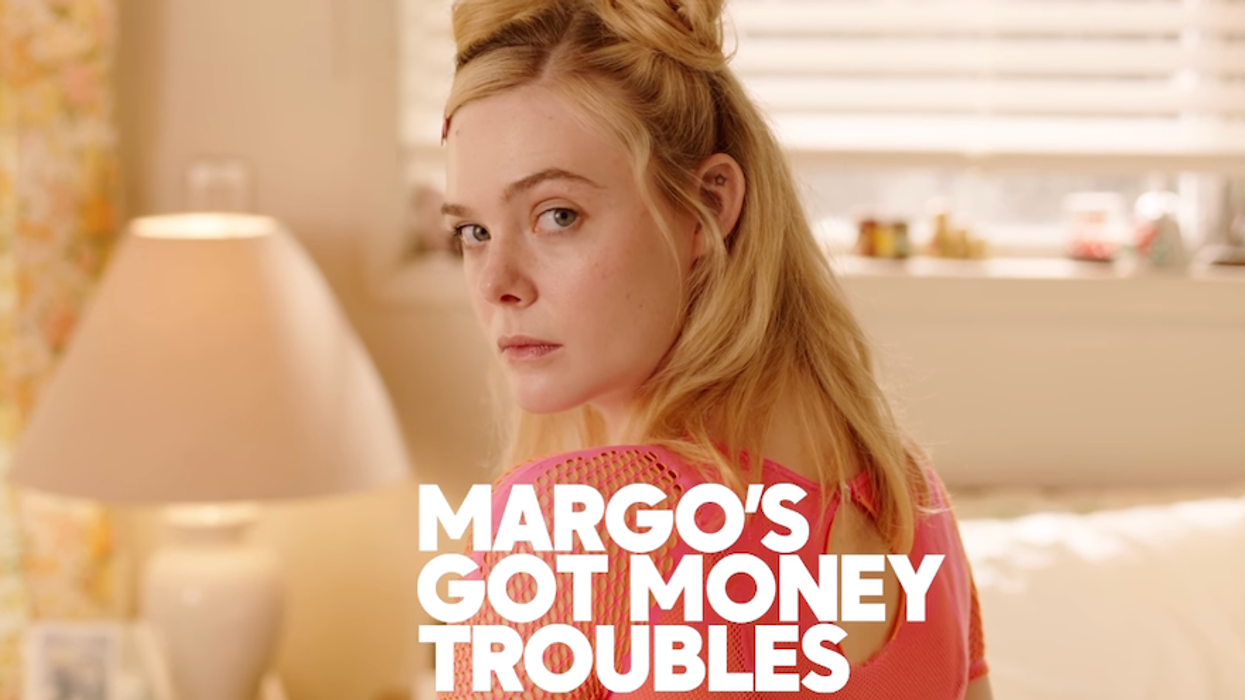The 411 on how to take your kid’s everyday skills to the next level.
How to Get Your Kid Ready for the 21st Century Real World

The real world is a big, scary place, especially for a kid (and even more so for a parent). Today, it requires a plethora of skills and knowledge that are tooootally different than what youngsters years ago were expected to know. Coding, bilingualism and having a general understanding of tech can make a kid stand out from others, but it can be overwhelming as a parent to even *think* about how to set your child up for real-world success. You’re already stressing over how to get them to eat their veggies, right?
From gamifying the process of learning new skills to taking a more hands-on approach by quite literally bringing kids’ imaginative ideas to life, here are some truly awesome ways you can help your child take learning relevant skills to the next level — and have an awesome time while doing it.
Imagination
Pixton: Why have your kiddo just read comics when he/she can make their own? That’s where Pixton comes in. Creating your own digital comic — from characters to scenes to actions and so much more — is infinitely more engaging and impactful on a child than just flipping through pages. Pixton really gets kids’ creative juices flowing (and engrosses and entertains them for hours on end). Kids who make their own comics are also entitled to serious bragging rights on the first day of school. Just beware of comic book-inspired room + wardrobe requests from your tot after they pub their first virtual graphic novel.
Tech Savviness
Code.org: We’re all about this organization’s mission: that every student in school should have the opportunity to learn computer science. And they do it in the most adorable way possible by using a Frozen theme featuring Anna and Elsa in their lessons. It’s an effective and engaging method that might just replace traditional summer school. You never know if you’re raising the next coder extraordinaire, like these inspiring women.
Knowledge
MindSnacks: MindSnacks offers a bunch of learning games aimed at providing an engaging, addictive platform to soak up new knowledge. Subjects range from U.S. geography to various languages — even SAT vocab and math are available. Warning: They’re so much fun to play that *you* might hop on the MindSnacks train, too. I got super addicted to the French language game and missed a bus stop once! There are a bunch of other language learning apps out there, so find one that aligns with your child’s learning goal(s).
Creativity
Makeblock: Makeblock is great for serious makers-in-training. According to its website, Makeblock is an “open source construction platform to turn ideas into success,” and it focuses on hardware. Beams, connectors, sensors, drivers and controllers are all provided, and since Makeblock is an integrated platform, everything connects and works seamlessly together across mechanical parts and electronic modules. This is a budding hardware-lover’s dream platform — it can quite literally provide the tools to turn an idea into reality. We want the pink mBot for ourselves ;)
Money Smarts
Money Savvy Pig: Dubbed the “piggy bank for the 21st century,” the Money Savvy Pig piggy bank ($19) teaches kids at an early age that not all money they earn is for ice cream. The piggy bank is divided into four sections: save, spend, donate and invest. It’s a smart way for parents to teach their kids how to effectively manage their money — even if it’s just chump change, for now ;) Parents, you can be a role model for your kids with these ways to manage your money smarter.
Nutrition
ETE Plate: Maintaining healthy eating habits with kids is always tricky since they’re so picky, but the ETE Plate can help make it easier. It makes smart + healthy portioning incredibly simple for anyone — especially kids who aren’t as aware of what they’re chowing down on — because your portions are already outlined on the plate itself. Basically, the ETE Plate, currently seeking funding on Indiegogo, can help your child understand that 95% of his/her plate shouldn’t be filled with spaghetti; the smart portion guidelines provide a gentle reminder as to which foods to load up on and which to have smaller portions of. That’s $20 well spent, if you ask us!
Which of these would you want your kid to try first? Share your comments in the section below.


















